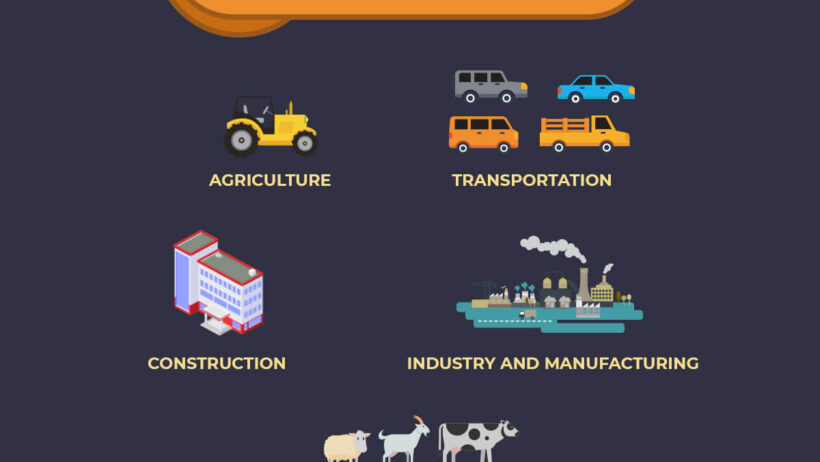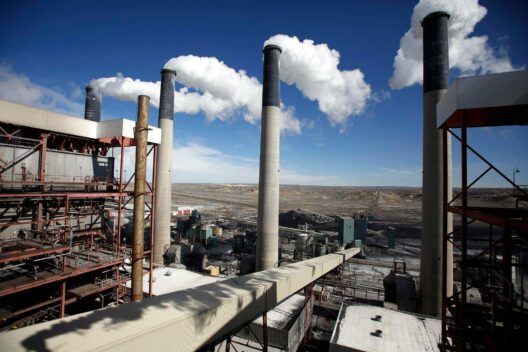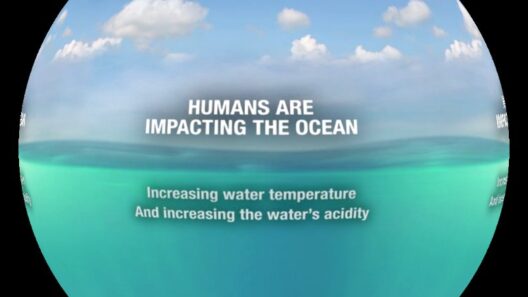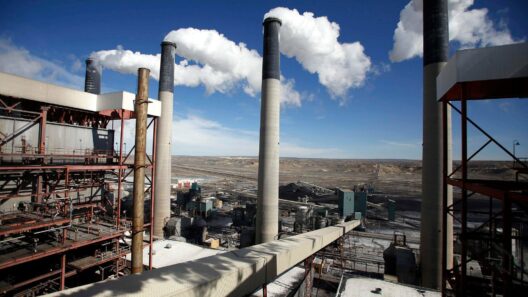The Tire Industry’s Turn: How Global Warming Affects Unexpected Sectors
As the world grapples with the looming specter of climate change, it becomes increasingly critical to scrutinize industries that may not initially seem pertinent to the global warming conversation. Among these sectors, the tire industry stands out as a surprising yet significant contributor to environmental degradation. One might ponder, “How can something as mundane as a tire be part of the climate change lexicon?” This inquiry opens the door to understanding the profound and sometimes obscure manners through which various sectors, including tire manufacturing, intertwine with climate issues.
The tire industry is a substantial component of the transportation sector, which is notorious for its sizable carbon footprint. Tires themselves are synthetic, made primarily from natural rubber, synthetic rubber, and carbon black—materials that require significant energy to manufacture, contributing to greenhouse gas emissions during their production lifecycle. But the influence of the tire industry extends beyond mere production; it envelops consumption patterns, waste management, and even ecological toxicity. In essence, any comprehensive discussion about combatting climate change must encompass this seemingly innocuous sector.
To navigate the convoluted relationship between the tire industry and climate change, one must first dissect the life cycle of a tire. From the extraction of raw materials to the manufacturing process and finally the disposal or recycling phase, each aspect harbors environmental implications. It is in the energy-intensive production stages that we first observe a striking link between tire manufacturing and global warming. The energy consumed during this stage predominantly derives from fossil fuels, propelling carbon emissions into the atmosphere. Moreover, as the tire industry intensifies its output to meet global transportation demands, further exacerbating emissions becomes an unwelcome certainty.
Another facet to consider is the eventual fate of used tires. Globally, the tire waste generated annually is staggering. Millions of tires end up in landfills, where they do not decompose due to their durable materials. Even more alarming is the practice of illegal dumping, which leads to a host of environmental issues including leachate that can contaminate soil and water supplies. Inordinate tire stockpiles can become breeding grounds for disease vectors such as mosquitoes, presenting a public health challenge while simultaneously illustrating the interconnected nature of climate change and industry practices.
Interestingly, the tire industry is uniquely positioned at a crossroads. As global warming deepens, there is a burgeoning clamoring for sustainable solutions within this sector. Manufacturers are beginning to explore and develop eco-friendlier alternatives, such as tires made from bio-sourced materials or those designed to minimize rolling resistance. The latter innovation can significantly improve vehicle fuel efficiency, translating to lower emissions. It begs the question: Can the tire industry successfully pivot towards greener practices without compromising performance or profitability?
The answer to this inquiry lies in a gradual paradigm shift. The tire industry must embrace a circular economy model, where the focus is not just on the linear production and consumption, but on reusage and recycling of materials. Innovations such as tire retreading can extend the life of tires, thereby reducing waste and emissions. Simultaneously, advancements in recycling methods could facilitate the repurposing of discarded tires, turning a problem into new opportunities within the sector.
However, this transition is not without its challenges. What are the barriers that obstruct this ambitious yet necessary transformation? One inherent obstacle is the inertia of established practices deeply embedded within the industry. Investors and stakeholders often prioritize short-term profitability over long-term sustainability. Moreover, industry regulations can lag behind innovation, creating discrepancies between what is feasible and what is lawful in terms of materials and processes.
Furthermore, consumer behavior plays an indispensable role in shaping industry practices. Awareness of climate change and a collective push for sustainability can drive demand for greener products. This pressure can compel tire manufacturers to invest in research and development of alternative materials and technologies. Are consumers poised to transition from passive users of products to proactive advocates demanding change?
Public policy, too, must evolve in concert with these shifts. Governments worldwide can play a crucial role by incentivizing eco-friendly practices within the tire industry. Legislative measures that promote recycling, establish stricter emissions standards, or support the development of sustainable materials can create a conducive environment for transformation. Questioning whether policymakers recognize the interplay between tire production, waste management, and climate change is vital as we move forward.
In conclusion, the tire industry exemplifies how global warming permeates unexpected sectors. By examining the intricate layers of tire production, consumption, and waste management, a clearer picture emerges of its environmental implications. Embracing transformative practices and innovations will be paramount as the industry navigates towards sustainability. As we confront climate change head-on, the questions raised—about industry practices, consumer behavior, and policy responses—serve to remind us of the interconnected responsibility we all share. The future of our planet relies on our ability to redefine not just how we travel, but how industries align with environmental stewardship for the generations to come.






